BATCircle (external link)
BATCircle aims at improving the manufacturing processes of battery chemicals and the mining and metals industries and to increase the recycling of lithium-ion batteries.
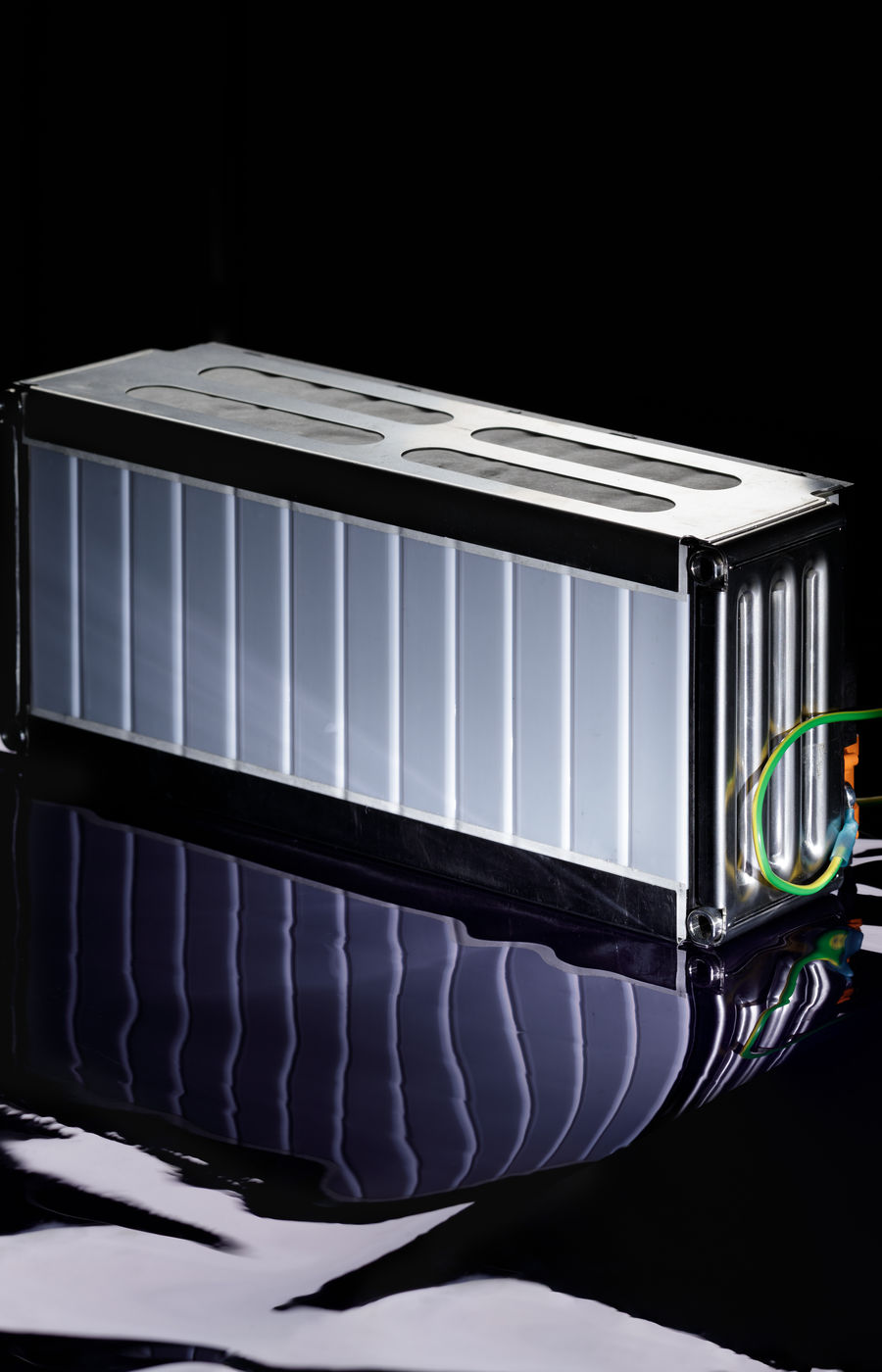
Batteries are playing a key role in the transition to a future run-on sustainable energy. As the demand for batteries increases, so does the demand for the finite metals needed for their production, requiring more effective refining processes and recycling of spent batteries. There are issues to be tackled related to each point of this value chain. Certain regions of the world are historically over-exploited for Cobalt, a critical raw material (CRM) for batteries. The Democratic Republic of Congo is one such region, and an example of the complex issues, not only of natural resources but of unregulated labour and human rights violations. Sustainability requires more systemic responsibility throughout the value chain of raw materials, prioritizing environmental and human protection. To achieve this, we need more responsibly produced cobalt, and improved efficiency of these materials in batteries.
Researchers from Aalto University’s School of Chemical Engineering are partners in BATCircle, and subsequently BATCircle 2.0, a research and industry consortium that aims to enhance Finland’s strong battery research expertise to improve domestic battery material production and recycling practices. BATCircle 2.0 has dedicated work packages targeting each point in the value chain. In the E.U, Finland is a leading example of a country which can sustainably produce battery materials at all stages of the value chain. This is in part, due to existing deposits of cobalt, nickel, lithium and natural graphite which are required for batteries. Further quantities of these materials are sourced through technologies to produce synthetic graphite from wood; metal and battery production plants; and recycling facilities. Taken together, Finland has the potential to become a forerunner in sustainable battery production.
Aalto University researchers are heavily involved in the recycling aspect of BATCircle. Although the recycling process is energy- and chemical-intensive, the researchers have established that recycling is preferable to using primary materials. There is ongoing research looking at ways to recover battery materials that are now impossible to separate, thus making it possible to reuse an even larger part of the critical raw materials. By embracing this holistic approach to the circular economy, BATCircle not only improves Finland’s business position as a battery material producer, but also acts as a leading example for other European countries looking at improving their battery knowledge.
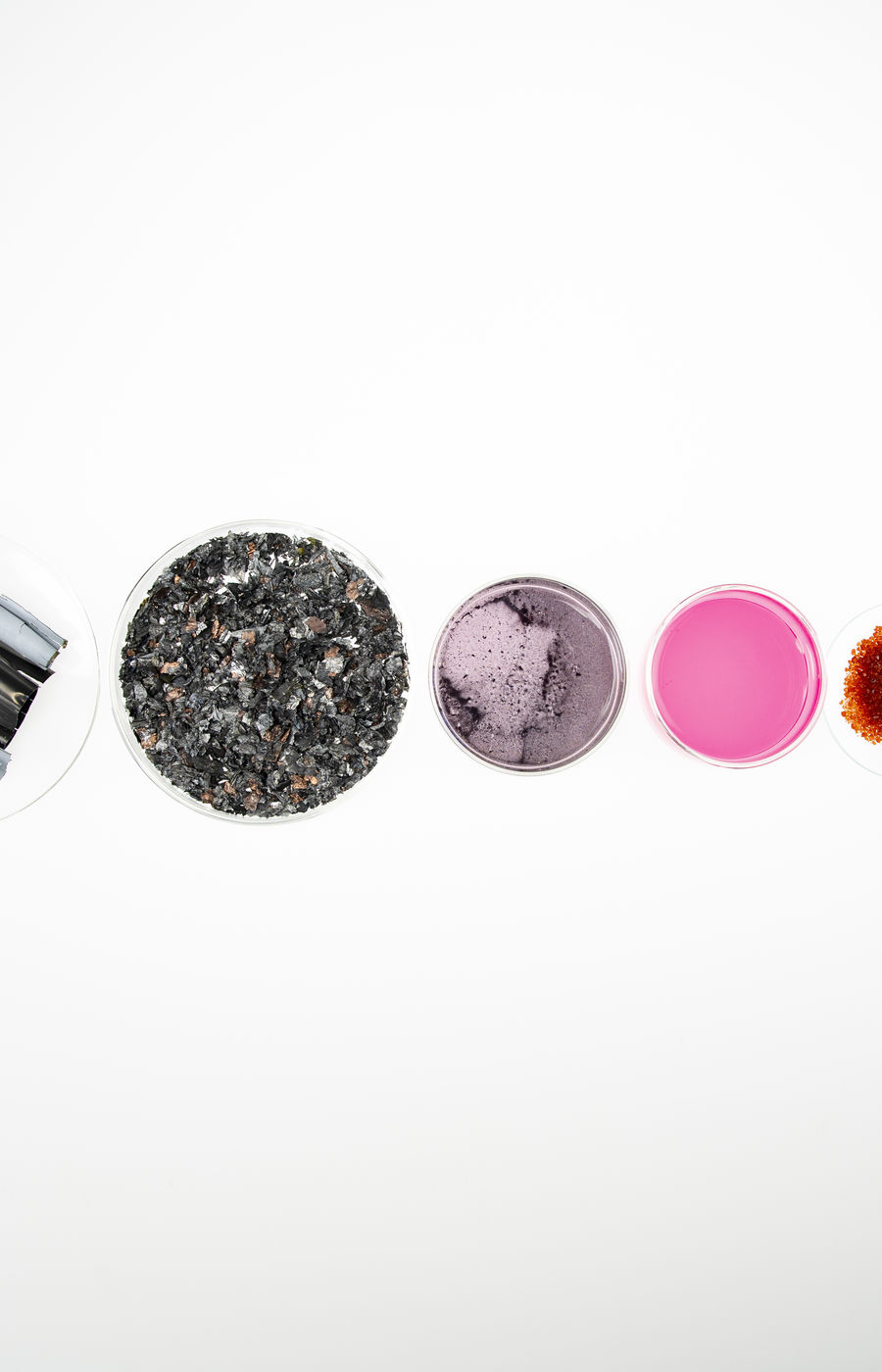

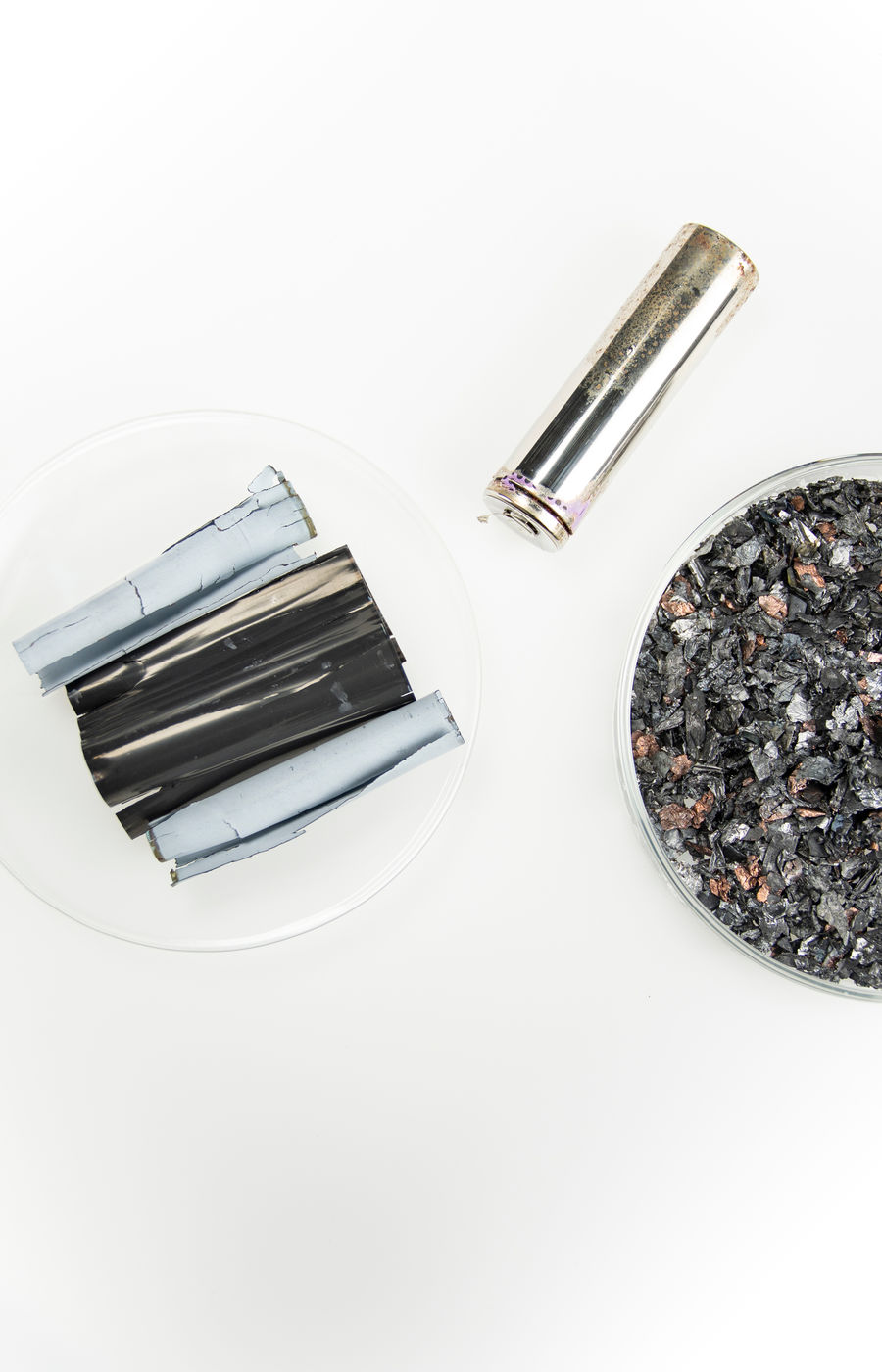
Researchers: Mari Lundström, Associate Professor, Hydrometallurgy and Corrosion and Sonja Nurmi, Coordinator EU BatCircle 2.0, Chemical and Metallurgical Engineering, School of Chemical Engineering, Aalto University
Text: Peter Taggart
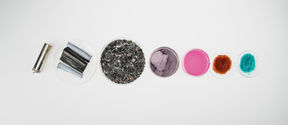
BATCircle aims at improving the manufacturing processes of battery chemicals and the mining and metals industries and to increase the recycling of lithium-ion batteries.
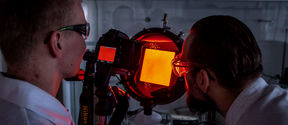
Sustainable future with high performance products